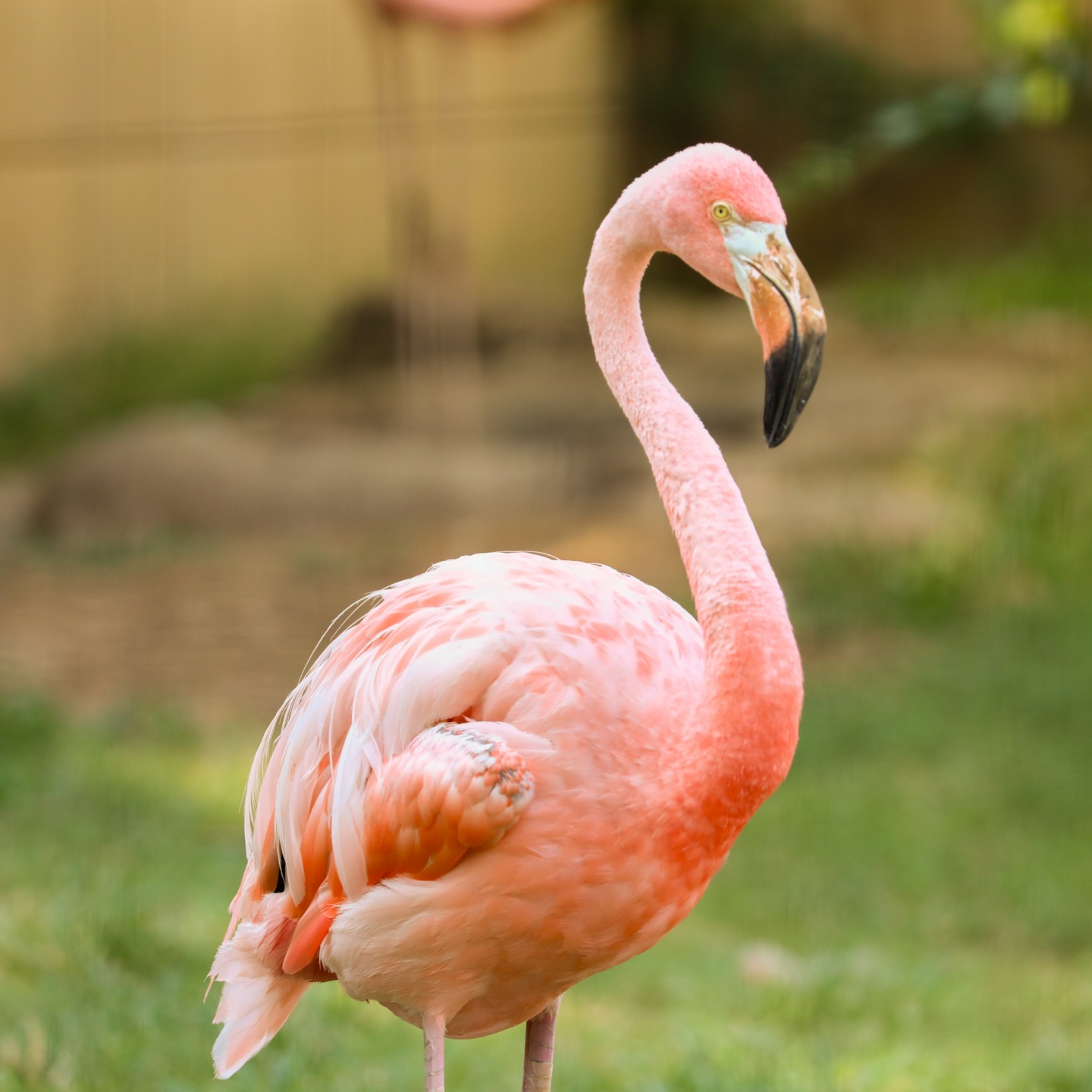- Enhance your visit with knowledgeable tips and practical advice for an unforgettable spring break at the Tulsa Zoo.
- Explore the zoo’s diverse animal exhibits, with a focus on high-conservation-value species and their habitats.
- Understand the importance of conservation efforts at modern zoos and how they contribute to global wildlife preservation.
- Discover behind-the-scenes insights and lesser-known facts about zoo management and animal care.
- Learn about upcoming events, educational programs, and interactive experiences designed for visitors of all ages.
Enhanced Zoo Visit Tips and Practical Advice
Spring break is upon us, and the Tulsa Zoo offers a delightful way to connect with nature. This season, as the temperature climbs and the days lengthen, many families are eager to explore outdoor venues. A trip to the zoo can be a rewarding educational experience. Proper preparation and the right tips can elevate your visit from ordinary to extraordinary.
Plan your visit by checking the Tulsa Zoo’s schedule and map available online. Identify high-priority exhibits and set times during your day to visit them. This helps avoid peak crowd times and maximizes your animal encounter opportunities. Go early to see animals active during cooler parts of the day or schedule your stops during feeding times to witness natural behaviors.
Pack essentials like sunscreen, hats, and refillable water bottles to stay comfortable. Comfortable walking shoes are key, as the zoo sprawls over 84 acres. With these foundations laid, your day is set for success.
Exploring the Tulsa Zoo’s Diverse Animal Exhibits
Tulsa Zoo is home to a vast array of animal exhibits featuring species from across the planet’s ecosystems. Whether your interest lies in majestic mammals or fascinating reptiles, the zoo’s expansive habitats provide a rich tapestry of biodiversity.
Start with the Lost Kingdom exhibit, a display devoted to Asian wildlife. Witness the regal Malayan tiger or get charmed by the playful antics of the siamangs. These habitats are artfully designed to replicate natural environs, promoting physical and mental health for the animals.
The zoo also showcases the African savannah with species like the giraffe and African elephant. Understanding species interactions and habitat needs help visitors appreciate the natural interdependencies in the wild. These insights can spark young minds and future careers in science and conservation.
Importance of Conservation Efforts
In the modern world, zoos play an indispensable role beyond public entertainment. They have become centers for conservation, breeding programs, and educational outreach. The Tulsa Zoo partners with global initiatives to protect endangered species and restore habitats.
Programs at the zoo extend to community involvement in conservation, emphasizing actions such as recycling and wildlife gardening. Through informative displays and workshops, visitors can learn about species preservation, leading to a deeper understanding of biodiversity’s value.
Conservation efforts focus not just on charismatic megafauna but also on lesser-known species. The Zoo’s work with the vulnerable Hellbender Salamander exemplifies commitment beyond popular appeal. Such undertakings are crucial as habitat loss and climate change threaten countless species worldwide.
Behind-the-Scenes Insights and Animal Care
The dedication of zookeepers and veterinarians is pivotal to the welfare of the zoo’s inhabitants. Each animal’s diet is carefully curated to match its nutritional needs, while enrichment activities secure mental stimulation and well-being.
Periods of training using positive reinforcement allow animals to voluntarily participate in their health check-ups, reducing stress and promoting cooperative behaviors. This methodology is particularly effective for large or dangerous species, like elephants and bears.
For those interested, special tours can give glimpses into these operations, showcasing the science and compassion that support modern zoological practice. Animal caretakers are available to share anecdotes and answer queries, enhancing the learning experience.
Upcoming Events, Educational Programs, and Interactive Experiences
Educational programs abound at the Tulsa Zoo, particularly during the spring break period. Whether it’s a guided tour or a youth camp, these programs cater to varying age groups. They are designed to stimulate curiosity and foster a connection with wildlife through direct engagement.
Interactive experiences include opportunities to feed animals like lorikeets or observe training sessions up close. These encounters foster empathy and a deeper understanding of animal behavior. The zoo also hosts conservation days and workshops, inviting visitors to participate actively in wildlife preservation efforts.
Keep an eye on the Tulsa Zoo’s website or social media channels for event announcements. Taking part in these events can transform a typical zoo day into a meaningful exploration of natural wonders.
With each visit to the Tulsa Zoo, the possibilities for learning and adventure are extensive. From understanding conservation initiatives to enjoying interactive experiences, the Tulsa Zoo promises to deliver an engaging and educational outing perfect for spring break.
*****
Source Description
Spring Break is just around the corner! 🦩If you’re planning a zoo visit, we’ve got you covered with the ultimate guide—packed with insider tips and everything you need for an unforgettable day at the Tulsa Zoo. 🦒🐅🦎
View the guide using the link in our bio!


